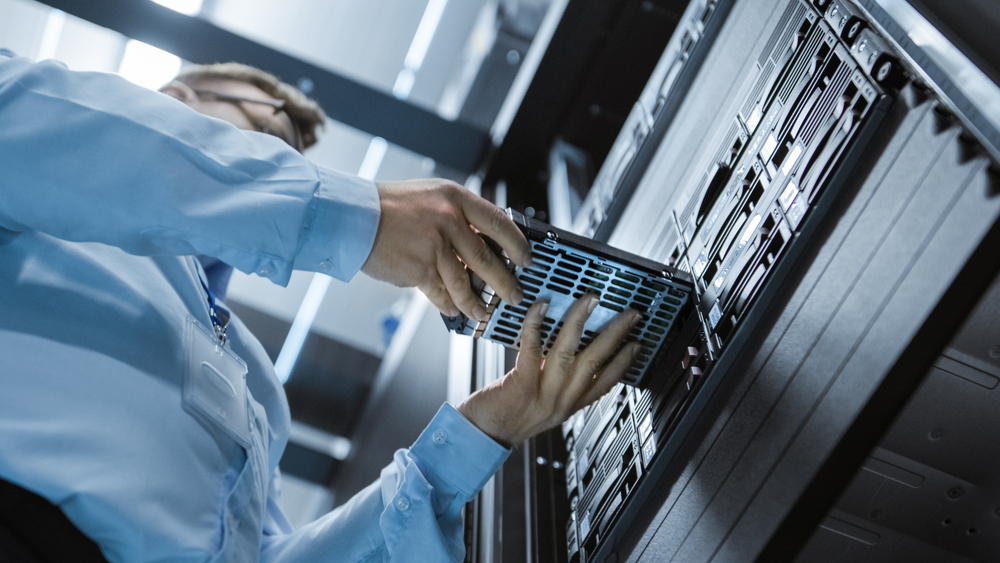When your business relies on assets that function only within a specific temperature range, you need to develop a system that allows your workers complete visibility and control over the temperature of the locations where your assets spend time. Businesses cannot afford to guess or hope that temperatures remain safe for their assets; you need to identify tools and systems and develop processes that provide certainty over the safety of your inventory and equipment.
Fortunately, creating an effective temperature monitoring system requires investment in only a few key parts. Here are the elements you need to acquire to monitor temperatures accurately for business success.
Temperature Sensors
Easily the most important component of a temperature monitoring system is the technology that does the monitoring. Because temperature is among the most common measurements across industries, a variety of temperature sensing tools have been developed to help companies track temperature in different environments. The three most common types of temperature sensors in active temperature monitoring systems include:
Thermocouples. These temperature sensors tend to be among the most popular because of their low- to mid-range budget. Though they are not extremely sensitive — and thus cannot offer incredible accuracy — they are the most straightforward and cost-effective sensors.
Resistance temperature detector (RTD). RTD sensors tend to provide greater accuracy than thermocouples, but their range of detection is severely limited. Thus, these sensors are most often used in refrigerators and freezers, where temperature ranges are already rather constrained.
Thermistors. These highly accurate sensors also have limited ranges of detection, like RTD sensors, but thermistors function in a particular way that requires specific support from the rest of the monitoring system.
Of course, there are other types of temperature sensors for companies to consider. Some temperature indicators do not require power and instead use temperature-induced chemical reactions to signal variations in heat and cold. Leaders should work with consultants to understand their full range of options and select the most appropriate sensors considering their needs.
Thermal Buffer
Sometimes, temperature sensors detect temperatures too rapidly to recognize slight changes over a short period of time. Therefore, sensors tend to need to be equipped with thermal buffers, which are different types of materials that attach to sensors to decrease their response time. Some examples of popular thermal buffers include glass beads, nylon blocks and bottles of glycol, all of which are relatively inexpensive and remarkably effective at improving the accuracy of temperature sensing tools.
Temperature Measurement Device
A temperature measurement device (TMD) sounds like another name for temperature sensors, but in truth, TMDs are the heart of the temperature monitoring system. Temperature sensors are responsible for detecting temperatures, but TMDs digitize the temperature value, record the temperature data and transmit the data to the ultimate storage destination. Some TMDs are standalone devices, which can perform all of these actions without the assistance of any other tool or system. However, more often, TMDs are networked with computers, servers or a cloud service. A networked TMD makes more sense when a company maintains multiple points of data collection, like many warehouses or storage containers that require temperature monitoring.
Data Storage
Different companies required different levels of temperature monitoring. Less sensitive equipment might require temperature checks every hour or so, but extremely sensitive goods might need temperature data for every second. Companies should take this into consideration when they choose a data storage method for depositing and organizing their temperature data. Some options for data storage in a temperature monitoring system include:
Local memory. This is only suitable for small businesses with minor amounts of temperature data to track.
Local computer. This is among the most popular data storage solutions, as it allows companies to view collected data with efficiency.
Cloud solutions. This is rising in popularity, thanks to the cloud’s accessibility and security. There are a few cloud-based tools for temperature monitoring that generate reports as well as store data.
Alarms
Too often, alarms are left as afterthoughts in temperature monitoring systems, but in truth, they are perhaps the most critical component. Some kind of alert should occur when the temperature monitoring system recognizes that temperatures are approaching or have exceeded their range. For some companies, alarms might sound like sirens and claxons, but for others, the system might send a message to related staff.
Different businesses need temperature monitoring solutions for different reasons, but every system should have similar components to those listed above.



